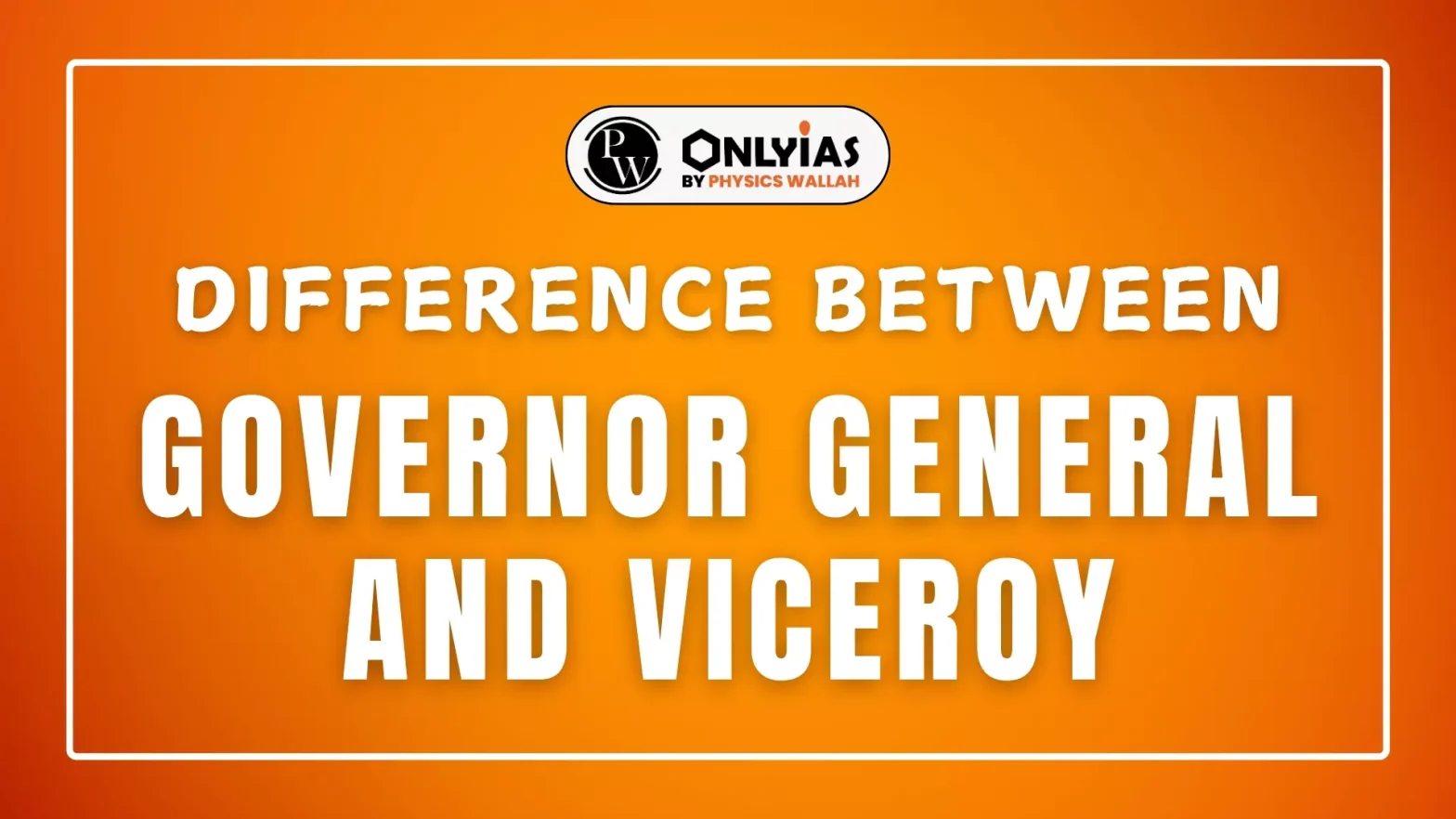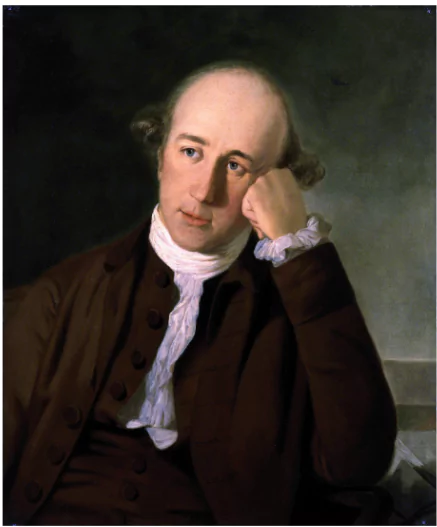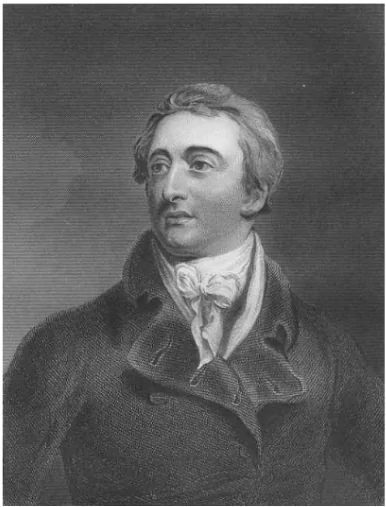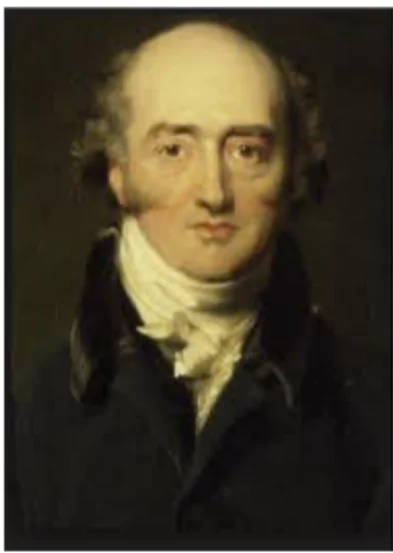Differences Between Governor General and Viceroy highlight the shift from corporate to royal rule in India. The Differences Between Governor General and Viceroy reflect how British authority evolved.

Difference Between Governor General and Viceroy: The colonial past of India is characterised by significant transformation in its administrative structure under British rule. The two prominent titles that appeared and played a crucial role in the administration of India were the Governor General and the Viceroy. These two positions were often discussed together, but they had distinct functions and symbolised different eras in British India’s governance. We have created this informative blog on the difference between Governor General and Viceroy, including their roles, responsibilities, and the historical context in which they existed.
The Governor General’s position was established in 1773 during the early days of British rule in India. The office was created under the Regulating Act of 1773, which was the first step taken by the British Parliament to control the affairs of the East India Company. In the beginning, the role of Governor General was only limited to Bengal, but later, the British Parliament expanded it to include the whole of British India.
The Governor General was the head of the British administration in India and was directed to report directly to the East India Company. The Governor General’s main responsibilities were to oversee the British territories, implement laws, maintain British interests in India, and administer justice.
The first person chosen for this position was Warren Hastings. He was appointed in 1773 by following the Regulating Act of 1773, which was the first step towards parliamentary control over British India. Hastings is noted for his administrative reforms and efforts to consolidate British control, setting the foundation for future governance.

The Governor General of Bengal became the Governor General of India through the Charter Act of 1833, which centralized the British administrative powers across the subcontinent. The first person who was the first Governor General of India was Lord William Bentinck. He operated from 1833 to 1835 and is best known for his social reforms, such as the abolition of Sati and efforts to restrain infanticide.

A critical Difference Between a Governor General and a Viceroy is that the inception of the role of the Viceroy was created after the Indian Rebellion of 1857. The revolt led to the abolishment of the East India Company, and the administration of India was taken over directly by the British Crown. This transition was regularised by the Government of India Act 1858.
The Viceroy was the direct representative of the British monarch in India and operated as the sovereign’s voice in the nation. The Viceroy had administrative powers and a ceremonial role to symbolize the British royal authority. The Viceroy was a more elevated and symbolic version of the Governor General, with additional responsibilities to represent the British Crown in its Indian colony.
Lord Canning was appointed the first Viceroy of India in 1858. Canning was the last Governor General during the 1857 Revolt, and after that, he continued his role under the new title of Viceroy while ensuring a smooth transition from Company to Crown rule. His tenure is characterised by implementing key reforms like the Indian Penal Code and changes in land revenue systems to prevent future revolts.

A detailed look at the Difference Between Governor General and Viceroy demonstrates the contrasts in the roles between Governor General and Viceroy, particularly after 1858. Here is a detailed table that summarizes the Key Differences Between the Governor General and Viceroy:
| Key Differences Between Governor General and Viceroy | ||
| Aspect | Governor General | Viceroy |
| Appointment and Authority | Appointed by the East India Company, responsible for administering British territories and maintaining the company’s interests. | Appointed directly by the British monarch, represented the royal authority and reported to the British government. |
| Period of Service | Existed from 1773 to 1858. The first Governor General was Warren Hastings (1773) and the last was Lord Canning (1858). | Existed from 1858 to 1947. The first Viceroy was Lord Canning (1858), and the last was Lord Mountbatten (1947). |
| Role and Responsibilities | Primarily focused on administrative duties related to governance, law-making, and military expansion on behalf of the East India Company. | Focused on both administrative and ceremonial duties, acting as the British monarch’s representative in India with diplomatic roles. |
| Nature of Control | Represented the commercial and political interests of the East India Company, with a focus on territorial control and revenue. | Represented the British Crown, overseeing India as a colony with greater emphasis on diplomacy and symbolic governance. |
| Legislation | Introduced laws for British-controlled territories, especially after the Charter Act of 1833. | Continued legislative duties, executing Crown policies focusing on political control and ceremonial roles. |
| Transition of Authority | The position ended in 1858 after the Government of India Act, which transferred authority from the East India Company to the British Crown. | The Viceroy replaced the Governor-General as the direct representative of the British monarch after 1858, continuing until India’s independence in 1947. |
| Historical Context | Operated when British control was primarily commercial through the East India Company. | Operated during British imperial control, symbolizing the Crown’s dominance over India. |
It is necessary to understand the role played by the Governor Generals in consolidating British territories and introducing key administrative reforms, to get a clearer image of the Difference Between Governor General and Viceroy. They governed India during the East India Company’s rule until 1858.
| List of Governors-General of India | ||
| Governor General | Tenure | Key Contributions/Events |
| Warren Hastings | 1773–1785 | First Governor General of Bengal; introduced judicial reforms and worked to consolidate British power in India. |
| Lord Cornwallis | 1786–1793 | Reformed the revenue system with the introduction of the Permanent Settlement in Bengal. |
| Lord Wellesley | 1798–1805 | Expanded British territories in India through the subsidiary alliance system and defeated Tipu Sultan in the Fourth Anglo-Mysore War. |
| Lord William Bentinck | 1828–1835 | The First Governor General of India is known for social reforms like banning Sati and encouraging Western education. |
| Lord Dalhousie | 1848–1856 | Known for the Doctrine of Lapse policy, which allowed the British to annex princely states; also introduced railways and telegraphs. |
| Lord Canning | 1856–1858 | Last Governor General; handled the Indian Rebellion of 1857 and was appointed the first Viceroy post-1858. |
The Viceroys were representatives of the British Crown after 1858, who symbolized the direct British rule in India. They had both ceremonial and administrative duties, to manage India’s political and foreign affairs.
Refer to the table mentioned below to get deeper insights into the topic of the difference between Governor General and Viceroy.
| List of Viceroys of India | ||
| Viceroy | Tenure | Key Contributions/Events |
| Lord Canning | 1858–1862 | First Viceroy of India who established the British Raj after suppressing the 1857 rebellion. Initiated the Indian Councils Act of 1861. |
| Lord Curzon | 1899–1905 | Introduced the Partition of Bengal in 1905, leading to widespread protests and heightened nationalist movements. |
| Lord Hardinge | 1910–1916 | Oversaw the Delhi Durbar in 1911, where the capital was shifted from Calcutta to Delhi; was Viceroy during the early years of World War I. |
| Lord Irwin | 1926–1931 | Played a significant role during the Salt March and Round Table Conferences; signed the Gandhi-Irwin Pact in 1931. |
| Lord Wavell | 1943–1947 | Led India through the turbulent years of World War II and famine; proposed the Wavell Plan to address Indian political issues. |
| Lord Mountbatten | 1947 | Last Viceroy of India; oversaw the Partition of India and India’s transition to independence in 1947. |
After India gained independence in 1947, the position of Viceroy was abolished, but the title of Governor General of India continued for a brief period under Indian leadership.
It was a major milestone in the history of the Difference Between Governor General and Viceroy that came with C. Rajagopalachari, the first and only Indian Governor General after independence. He operated from 1948 to 1950, when the office of Governor-General was abolished as India became a republic.

In summary, the difference between Governor General and Viceroy lies in the evolution of British control over India. The Governor General represented the East India Company, while the Viceroy symbolized the direct rule of the British Crown. The transition from Governor General to Viceroy marked a significant shift in the colonial administration, signifying the end of corporate rule and the beginning of royal dominance. Understanding these distinctions provides insight into how British authority over India was formalized and transformed during its imperial reign.
Sign up for the PWOnlyIAS Online Course by Physics Wallah and start your journey to IAS success today!
| Related Articles | |
| Economic Impact Of British Rule In India | THE ENGLISH IN INDIA |
| British India And Its Neighbors | Conquest Of Bengal |
| British Policy In India | The Revolt Of 1857 |
Warren Hastings was the first Governor General of Bengal, appointed in 1773.
Lord William Bentinck was the first Governor General of India, appointed in 1833 after the Charter Act of 1833.
Lord Canning was the first Viceroy of India, appointed in 1858 after the British Crown took direct control of India.
The Governor General represented the East India Company, while the Viceroy represented the British Crown directly after 1858.
Lord Mountbatten was the last Viceroy of India, serving until India’s independence in 1947.
C. Rajagopalachari was the first and only Indian Governor General after independence, serving from 1948 to 1950.

<div class="new-fform">
</div>